Ultimate Product Photography guide 2024
Your Guide to Product Photography
By a Freelance Commercial Photographer
Whether you're just diving into the marketing world or refining your branding efforts, understanding the ins and outs of product photography can make all the difference. Let's explore this essential tool together in this ultimate product photography guide!
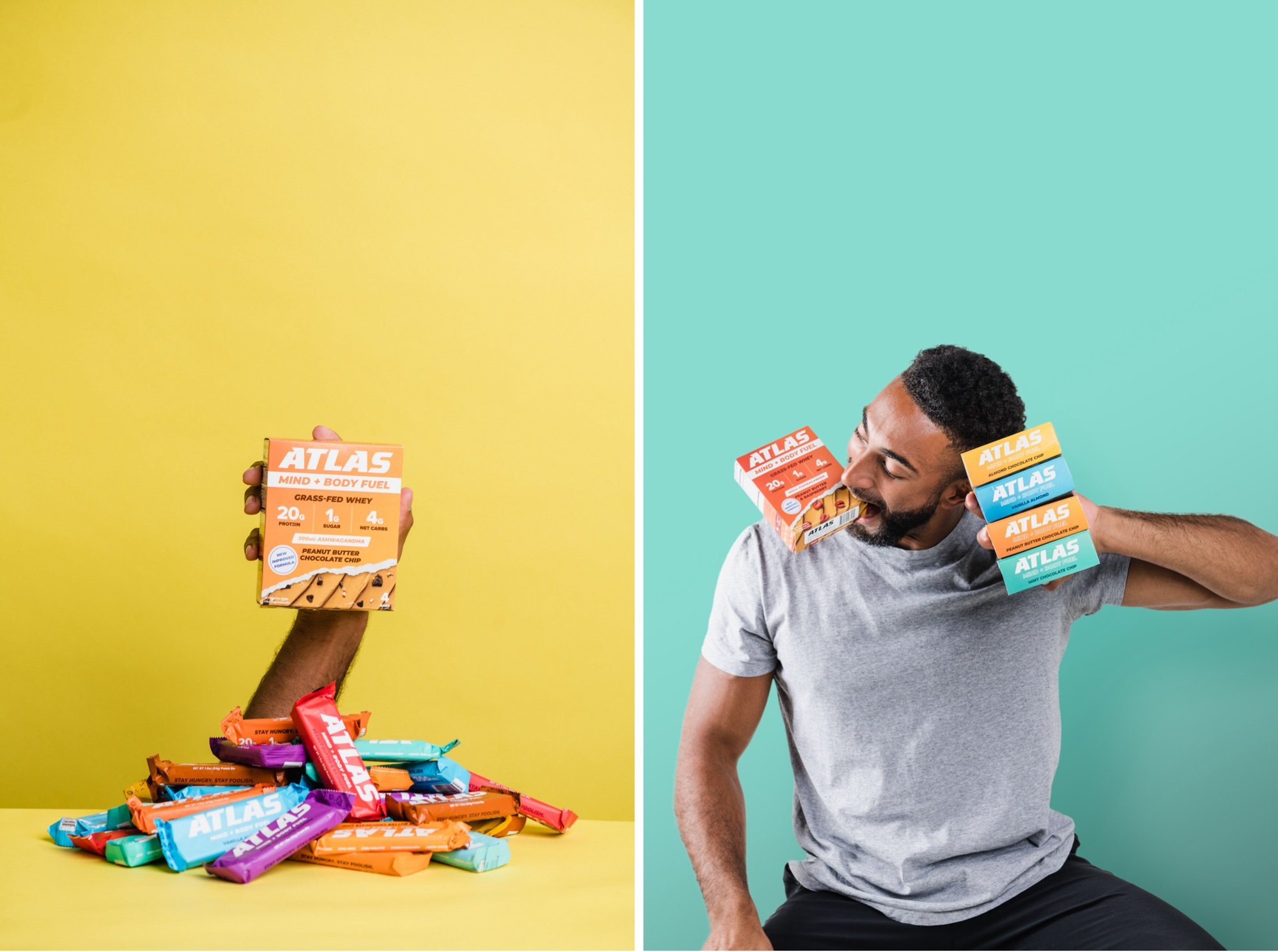
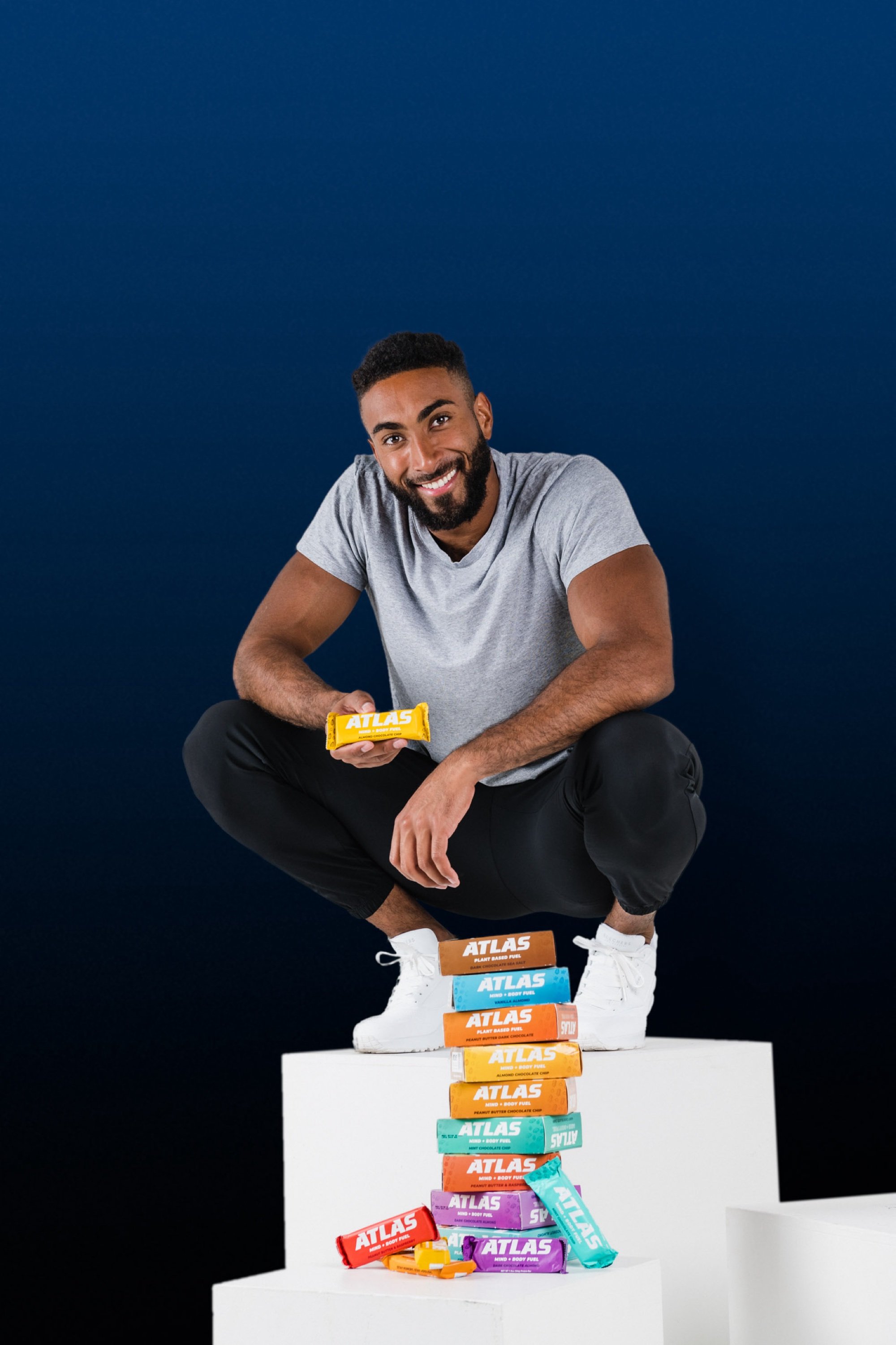
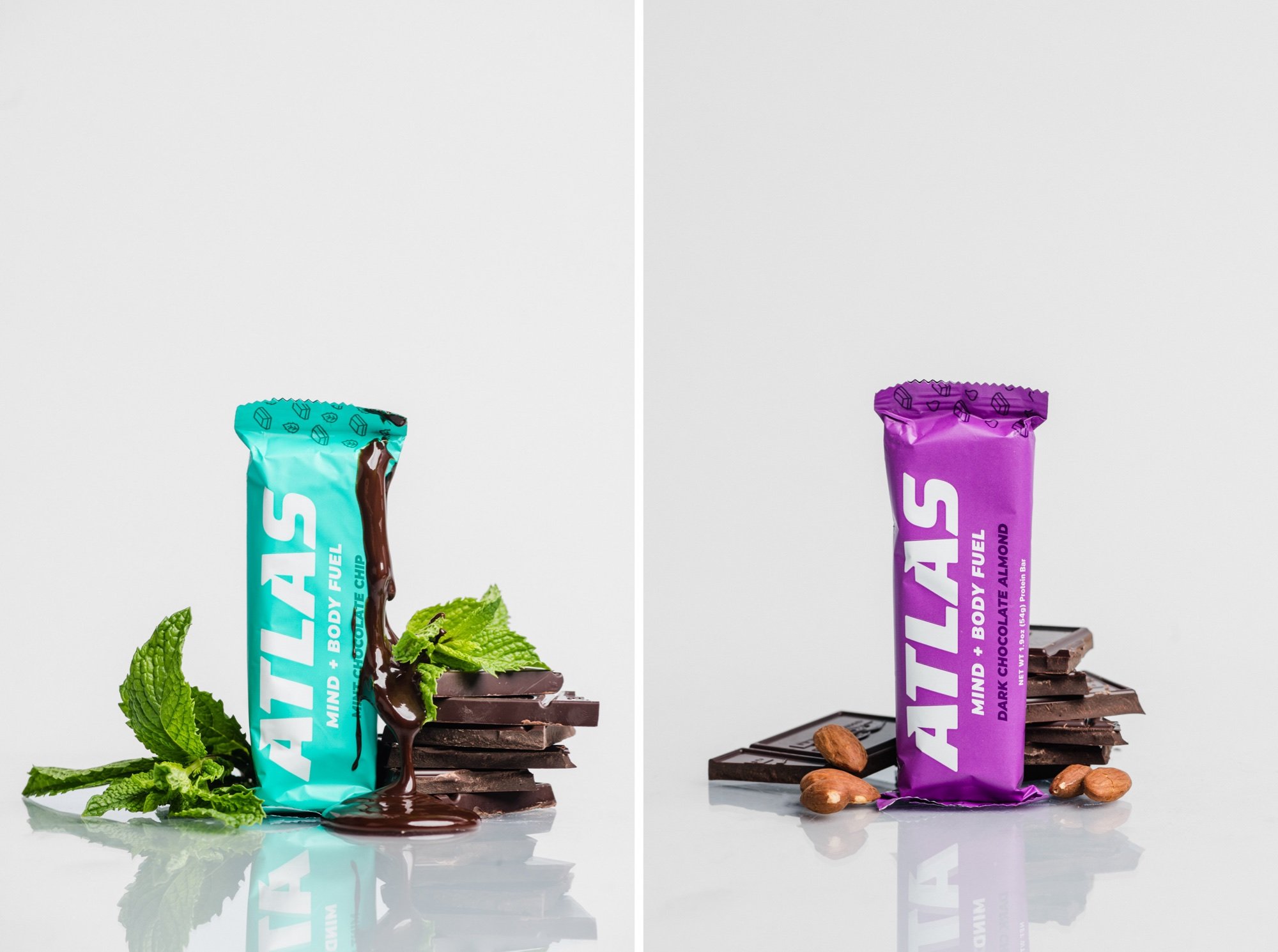
What is Product Photography?
Product photography is the art of capturing photographs of products in a way that accurately and attractively represents them to consumers. It's not just about snapping a picture; it’s about staging a scene, capturing the product's details and essence, and crafting an image that aligns with a brand’s identity and values. The goal is to showcase the product's best features and entice potential customers to make a purchase.

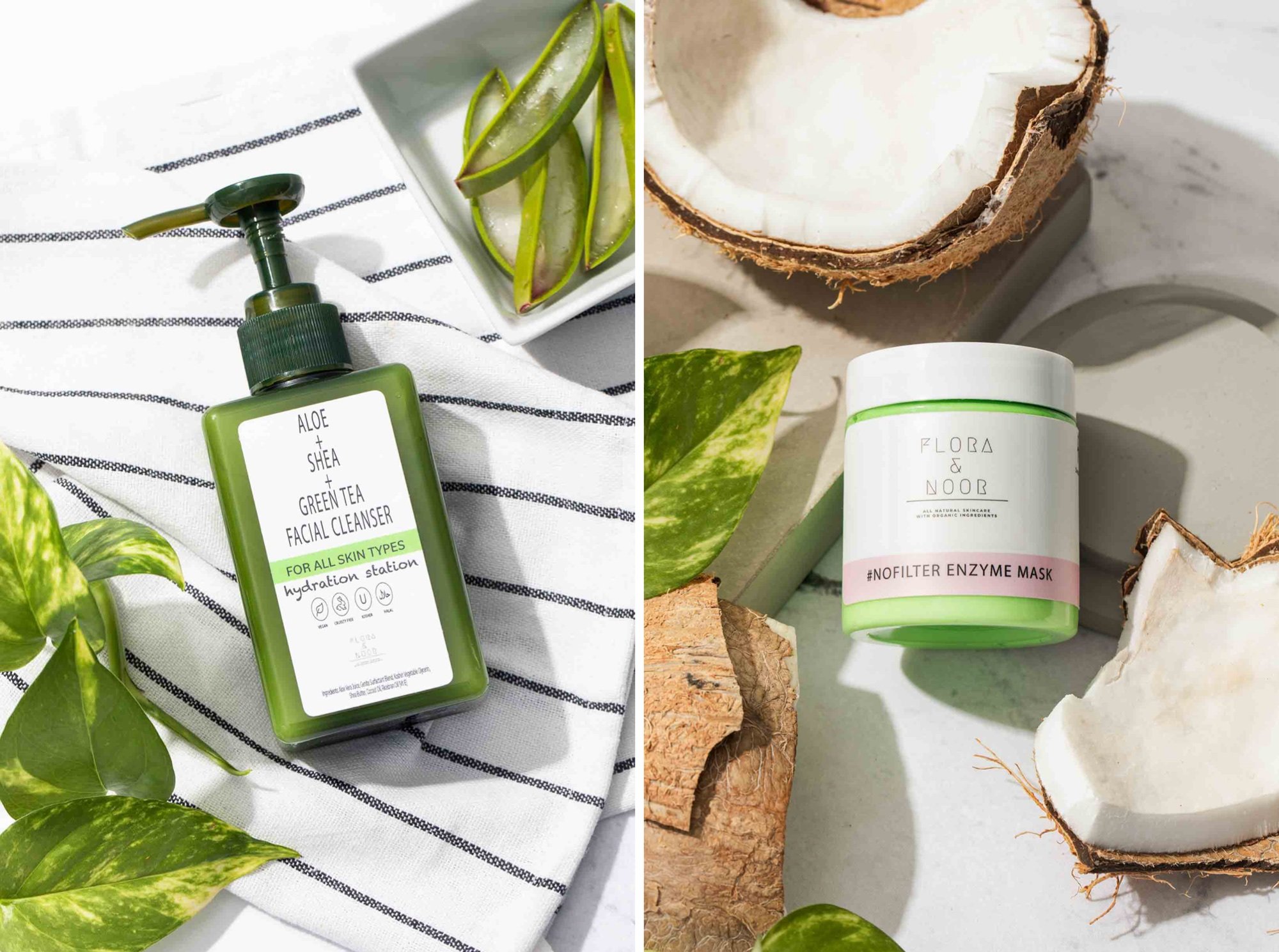
Why is Product Photography Important?
In the digital age, visuals are key. High-quality product images can communicate your product's quality and value, help establish trust, and differentiate your brand from competitors. They serve as a primary touchpoint for customers shopping online, where the decision to buy often hinges on the strength of an image.

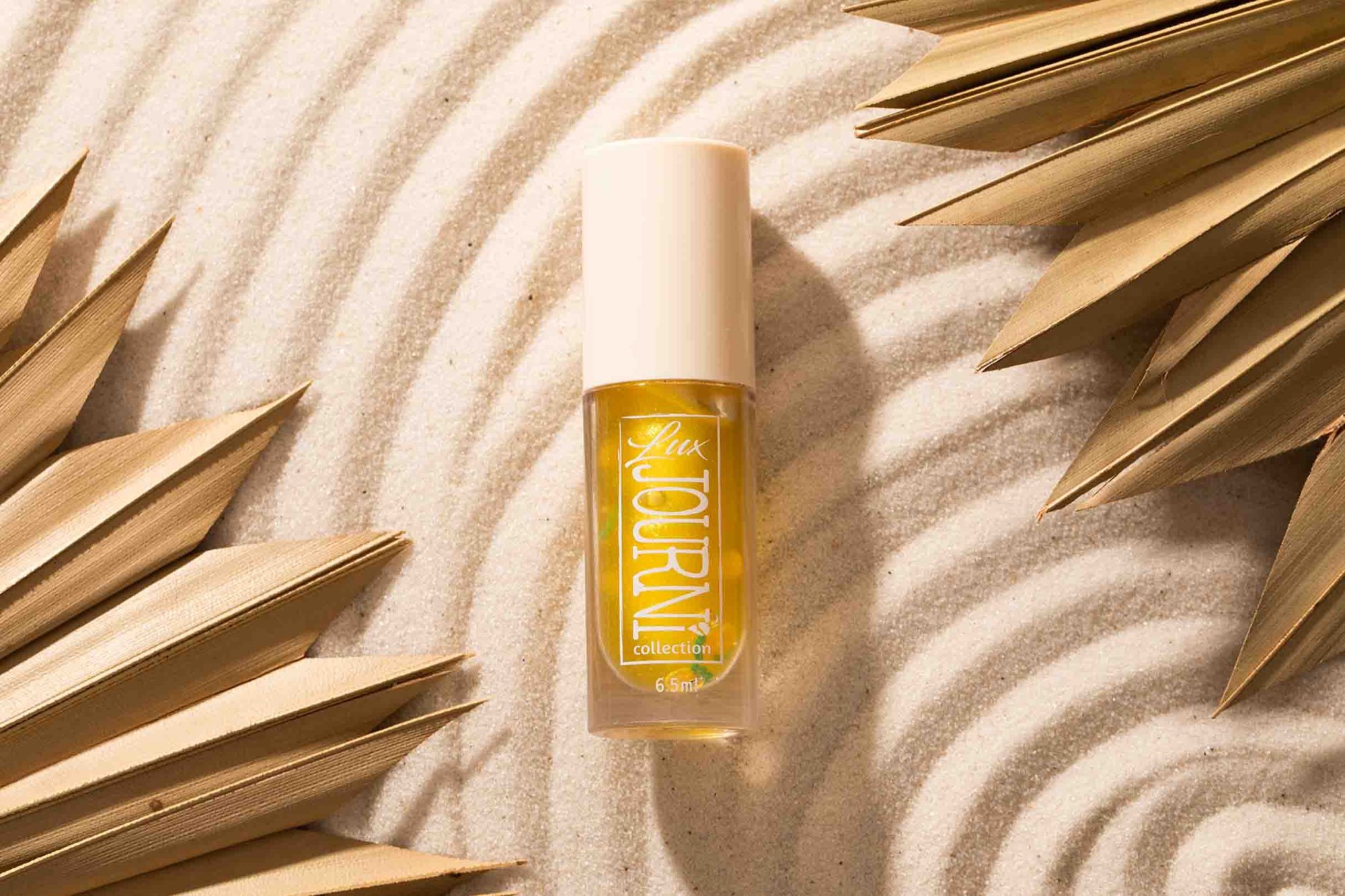
Where is Product Photography Used?
Product photography is used across various platforms:
E-commerce websites: Clear, detailed images that allow potential buyers to virtually “touch” your products.
Company website: You can use your product images on your website to showcase your brand and products.
Social media: Engaging photos that stand out in a crowded feed and encourage shares and likes.
Print marketing materials: Catalogs, brochures, and promotional flyers.
Advertising: Both online and offline ads that need to capture attention quickly.
Each platform may require different styles or formats of photography to best suit the medium’s requirements and audience expectations.
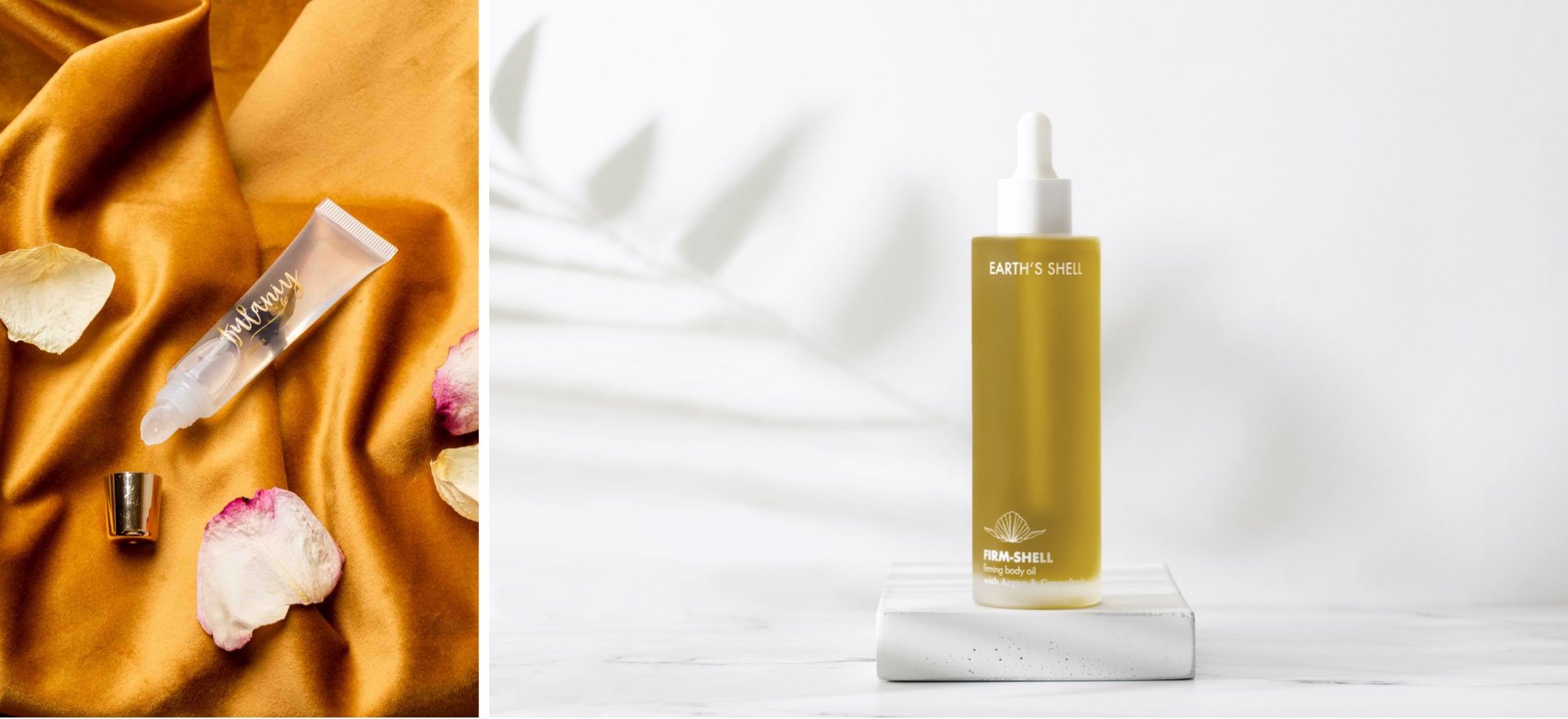
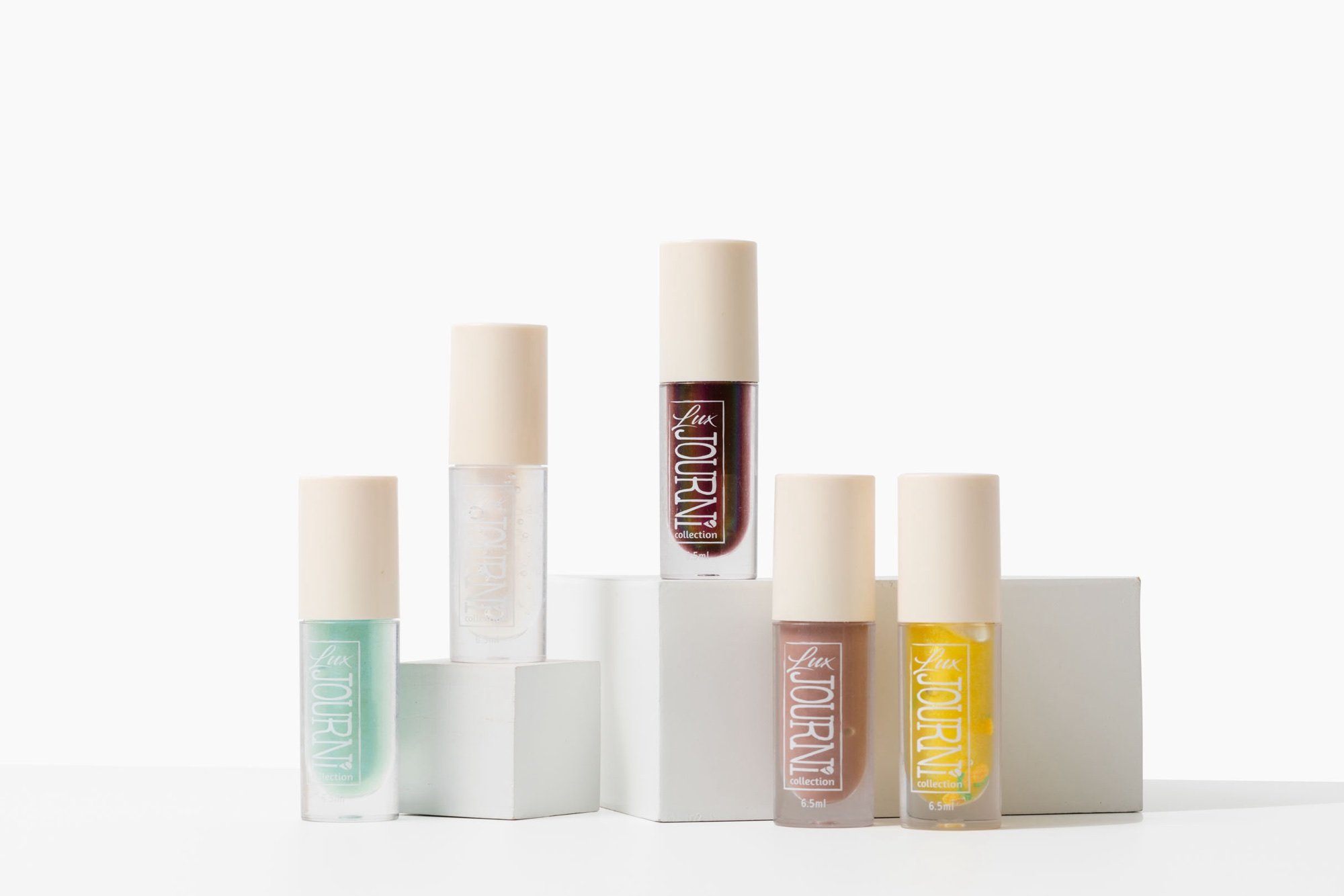
How Does Product Photography Boost Your Brand?
Consistent, high-quality product photos strengthen your brand identity and help create a coherent visual experience across all marketing channels. They enhance customer recall and can influence buying behavior by conveying your brand's attention to detail and commitment to quality.
Strategic product photography can:
Enhance your brand’s visual narrative.
Increase engagement and consumer interaction.
Elevate the perceived value of your products.
Improve conversion rates by reducing uncertainties about the product.
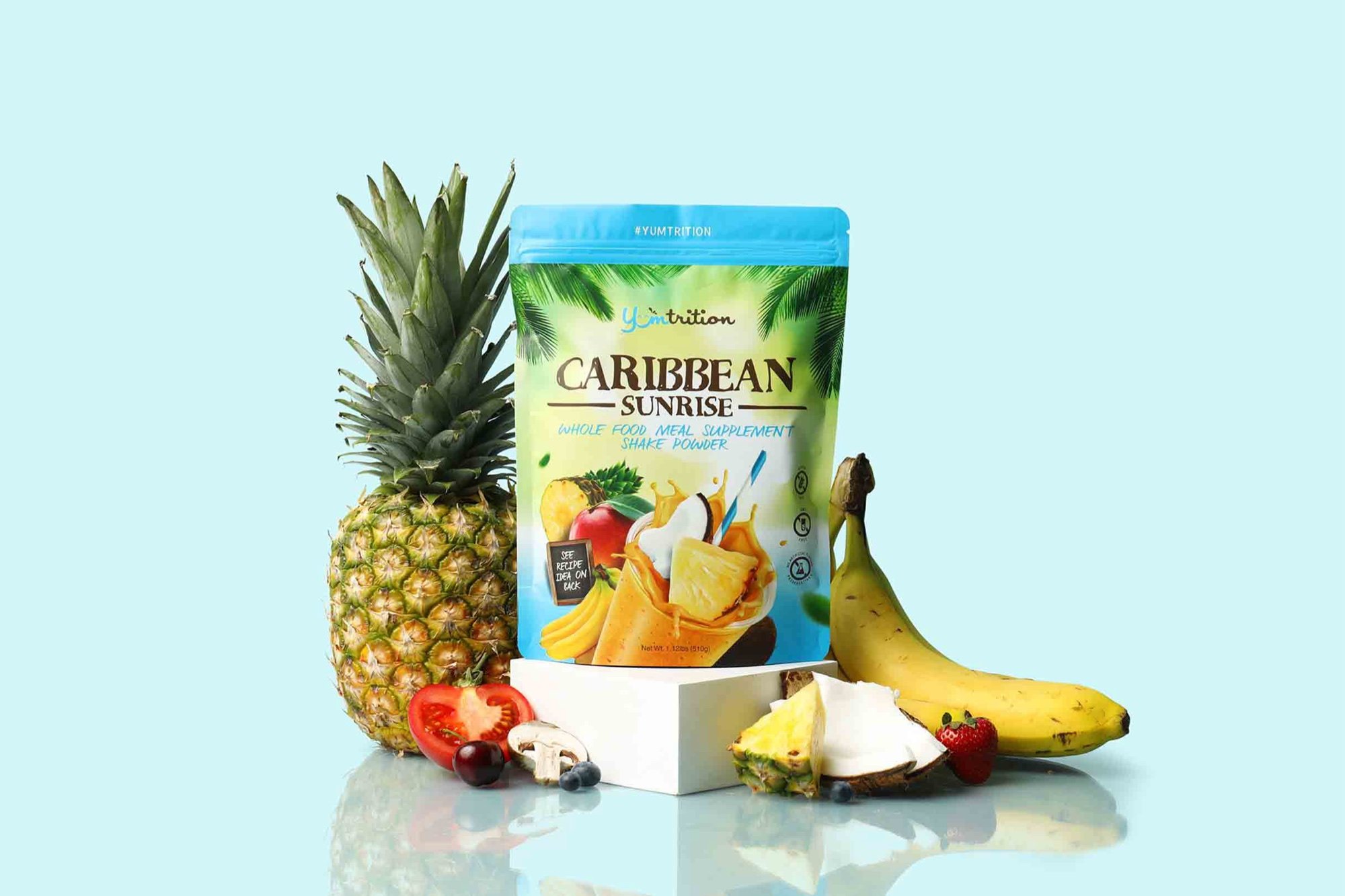

Can I Shoot My Own Product Images?
Yes, you can! However, whether you should depends on the complexity of your product, your skill level, and what the images will be used for. Shooting your own product images for basic needs is possible, especially when you're starting out or on a tight budget. However, the quality of DIY photos versus professional shots can significantly influence the consumer's perception of your product and brand. Hiring a professional for high-stakes products or large campaigns could be a better choice.


Do iPhones Work for Product Photography?
iPhones and other high-end smartphones can be surprisingly effective for product photography, especially with advancements in camera technology. They work well for social media content and other informal applications. However, they often lack the control and fine-scale detail provided by professional cameras and lenses. Professional cameras and photographers still hold the edge for larger or more detail-centric campaigns, advertisements, and website visuals.
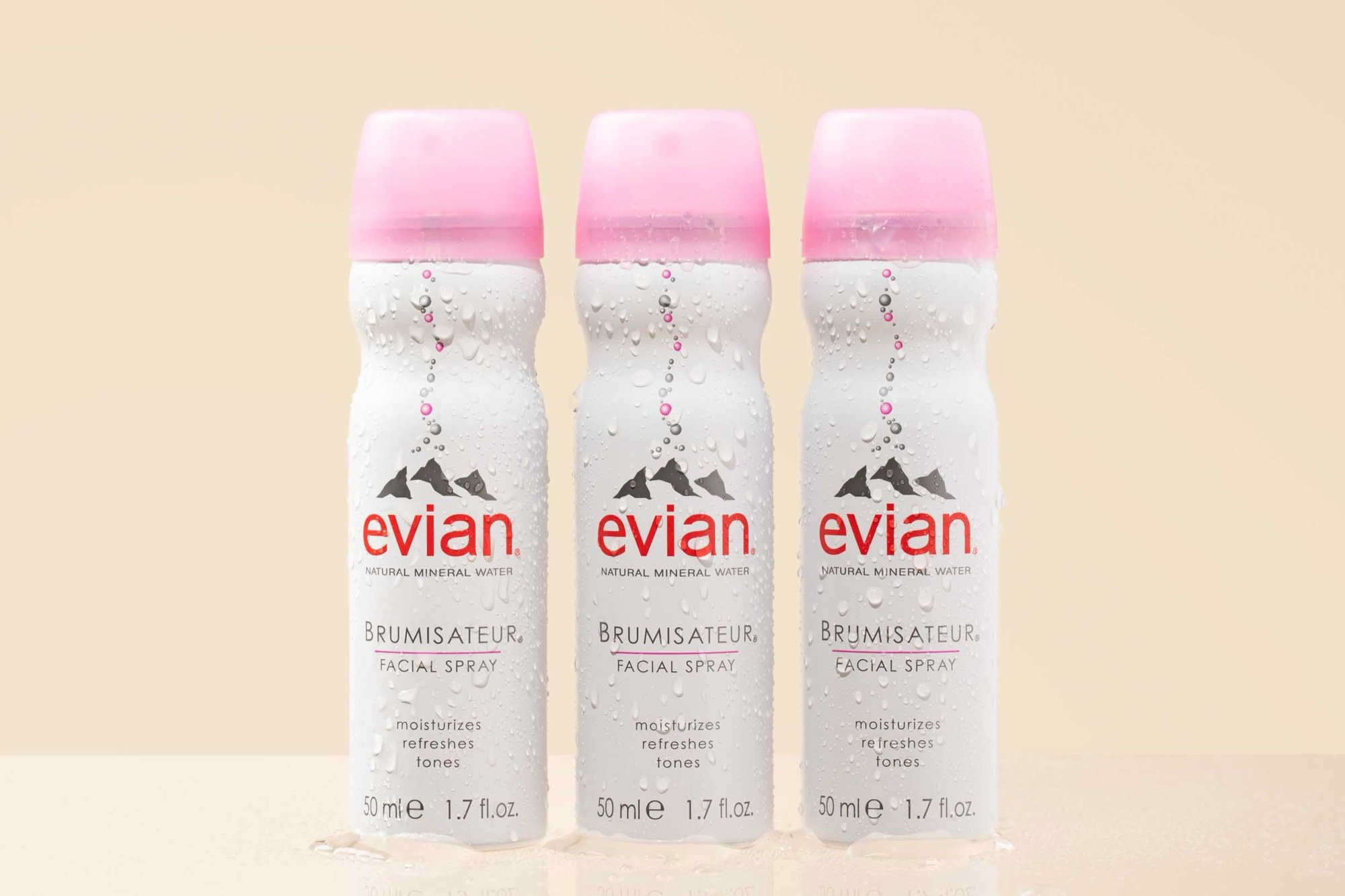
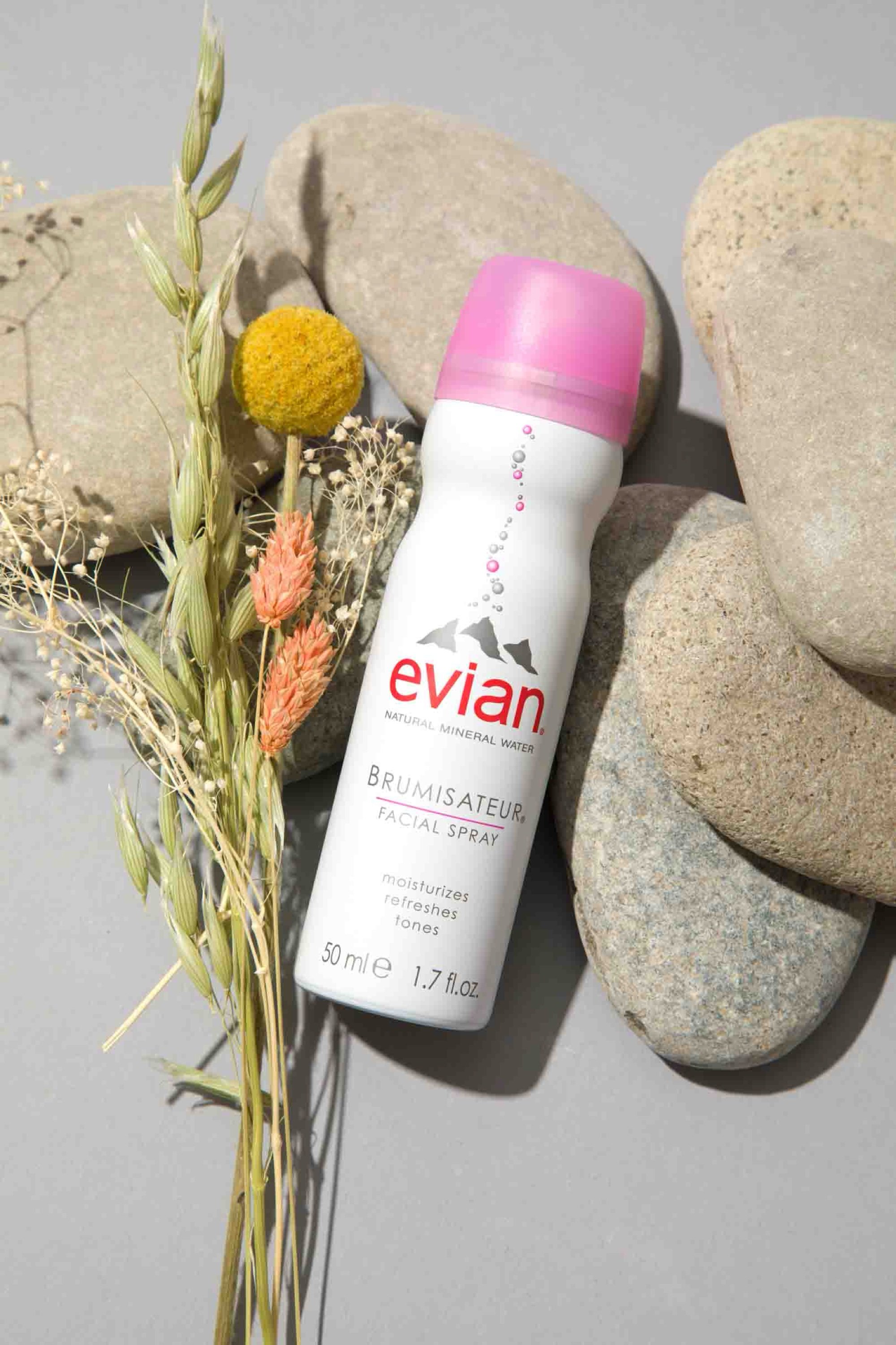
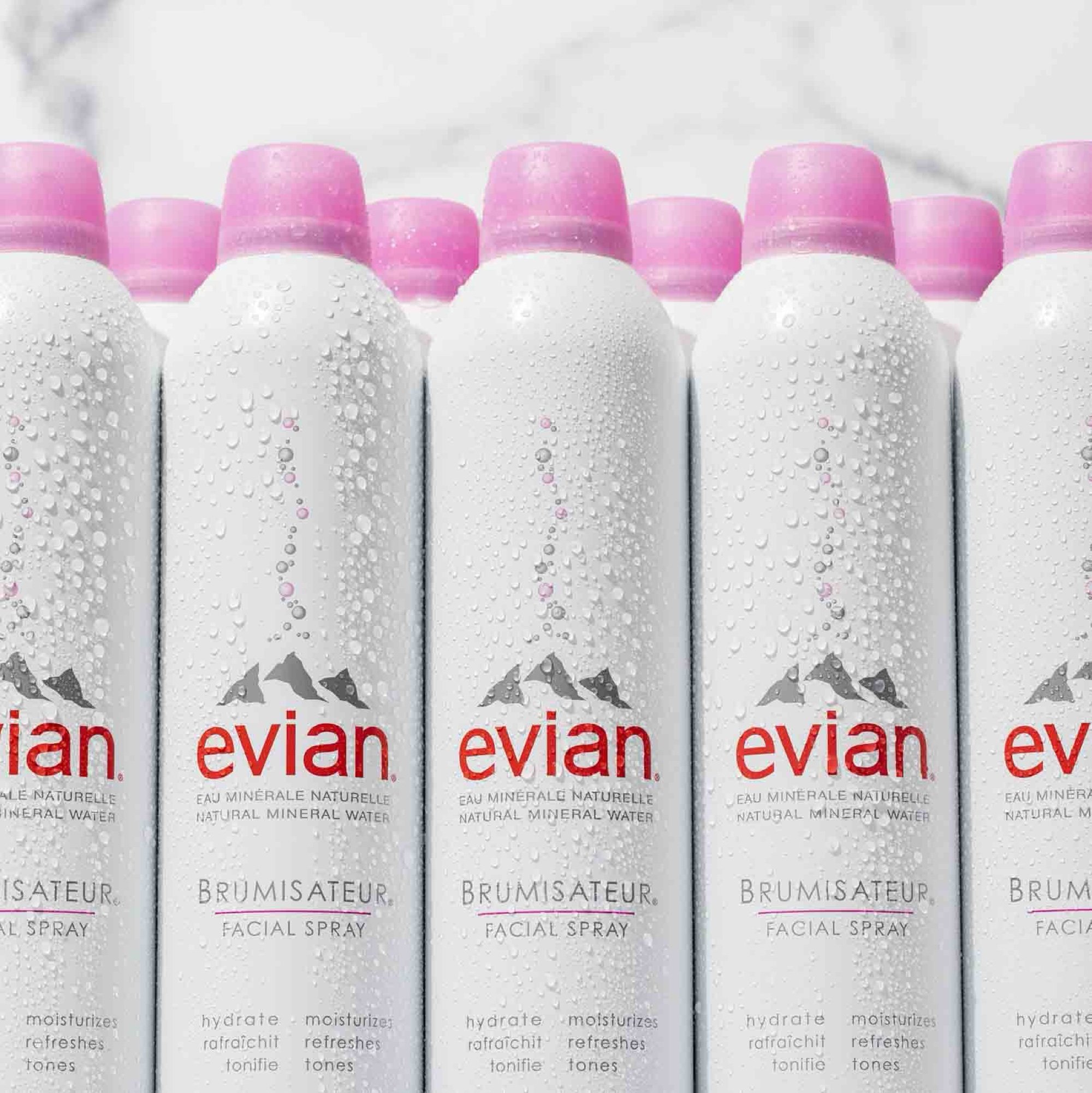
Product Photography for Beginners
For those new to this field, start with understanding the basics of photography such as lighting, composition, and camera settings. Experiment with different setups, and use a simple backdrop to keep the focus on your product. Online tutorials, courses, and practice will be your best tools.
Starting out? Focus on mastering the basics:
Lighting: Good lighting is crucial. Soft, diffused lighting works well for most products. Working indoors with ample natural light via a large window is a great way to start.
Background: Keep it simple. White or neutral tones reduce distractions and focus attention on the product.
Stability is crucial: Use a tripod or steady surface to avoid blurry images.
Camera Settings: Learn to use your camera's manual settings. Adjust the aperture, ISO, and shutter speed to suit the lighting and achieve the desired sharpness.
Edit wisely: Use editing software like Adobe Photoshop or Lightroom, but keep changes minimal and realistic. There is such a thing as too perfect, which can be a huge turnoff that causes mistrust.
Be mindful of the file format: Switch your RAW files to .jpg or .png files, which are more compatible and web-friendly.
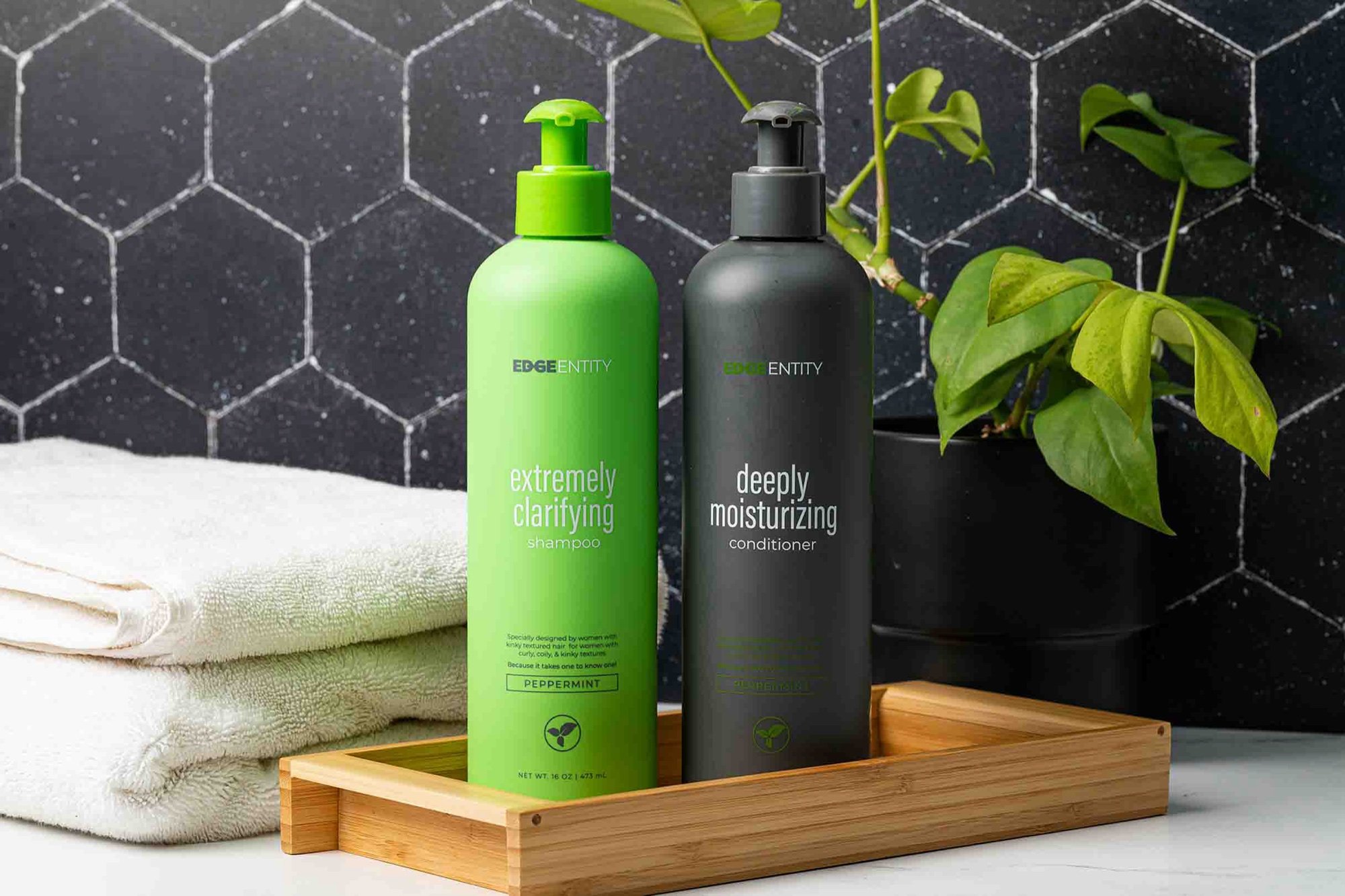
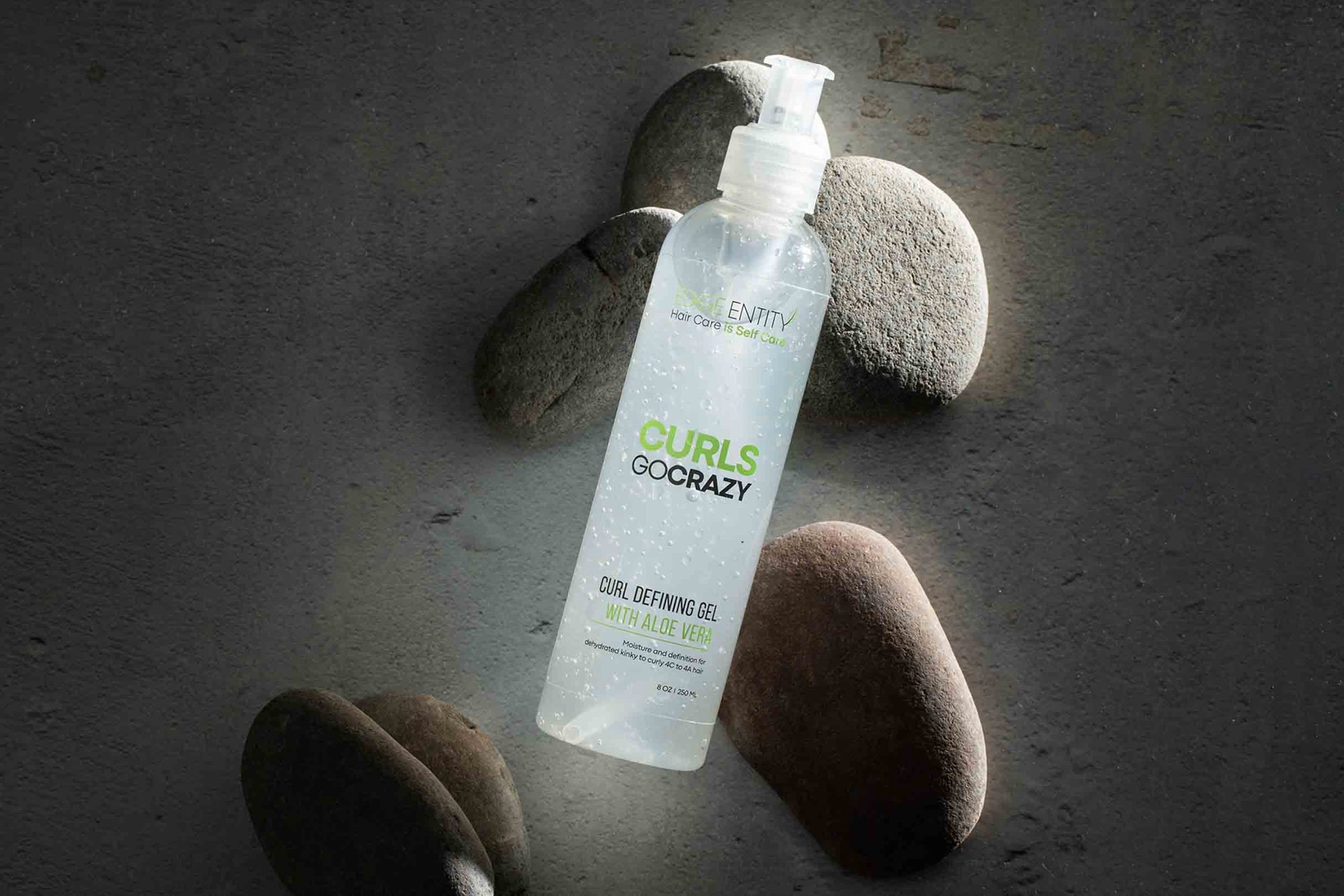
Product Photography for E-commerce
Before investing in e-commerce images, research the platforms you plan to utilize—Amazon, online retailers, and E-commerce site builders like Shopify each have requirements and guidelines for product images.
E-commerce photos should be clear, well-lit, and provide multiple angles. Include close-ups to highlight details and use a consistent style to create a cohesive visual shopping experience.
If you need a white-background product image, use a camera tripod and create a reflective box with white foam board. Make the light inside the box as consistent as possible. If you're using a digital camera, set your white balance, adjust your light sensitivity (ISO—try 100-200), and select a narrow aperture (also called an "f-stop"—such as f/16). You may need to play with it a bit to strike a balance.
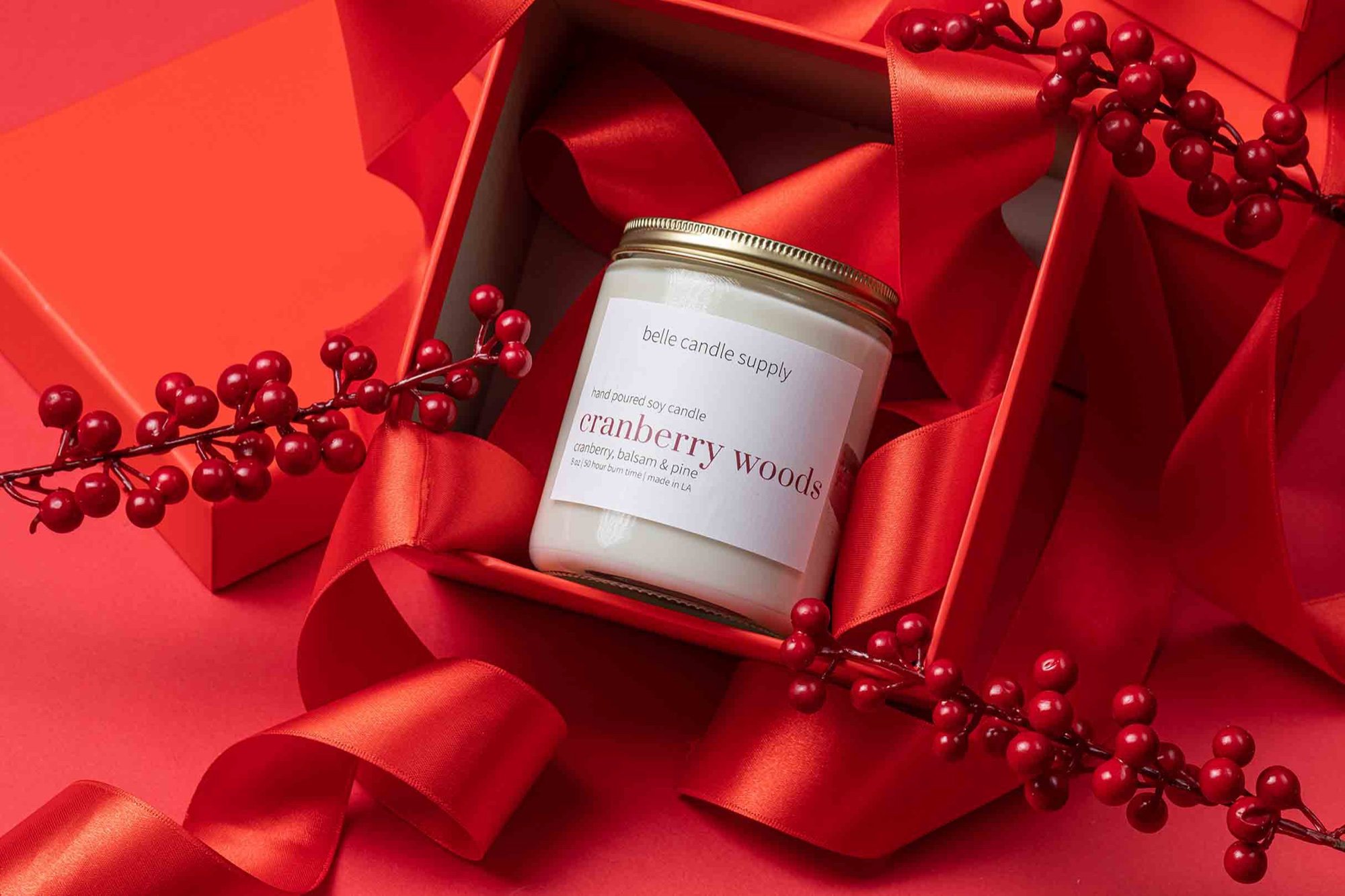
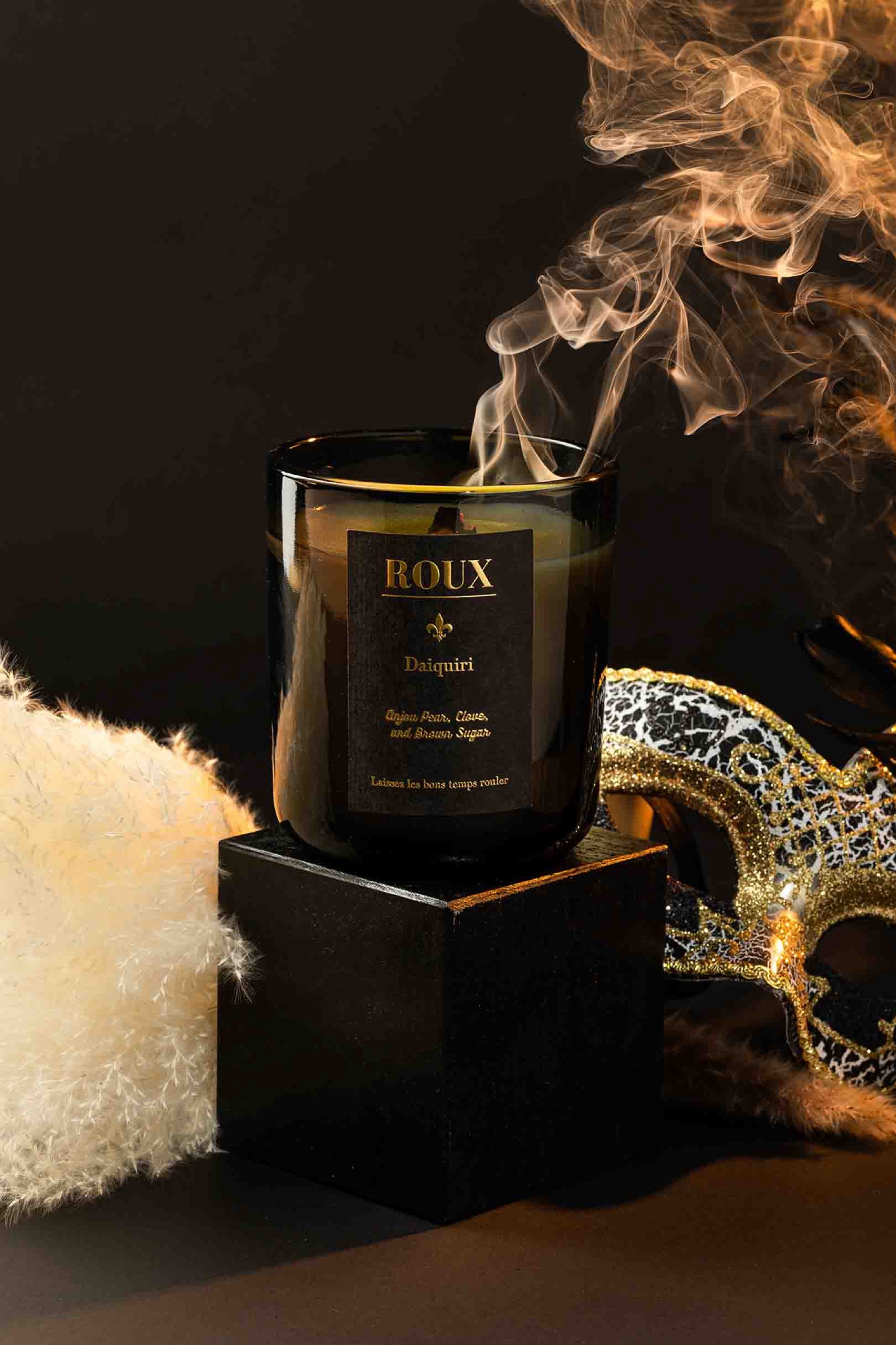
Will AI Replace Product Photographers?
While AI and machine learning are advancing in their capabilities, the creative and strategic elements provided by human photographers remain irreplaceable, especially in staging, understanding brand essence, and capturing emotional appeal. AI can assist, but the nuanced understanding of branding and consumer behavior is something inherently human.
How Much to Budget for Product Photography and Videography
Costs can vary widely based on the project's scope, the photographer's expertise, location, models, production, and the campaign's specific needs. Typically, you can expect to spend anywhere from a few hundred to several thousand dollars. More extensive or ongoing projects might require more, especially when adding professional videography.
**Always discuss your budget and expectations upfront with your photographer or agency.
Best Lenses, Materials, and Backdrops for Product Photography
Lenses: A macro lens for detail shots and a standard 50mm or 85mm lens for most other shots will cover many needs.
Materials: Use reflectors to bounce light, diffusers to soften it, and props that complement your brand but don’t overshadow the product.
Backdrops: Seamless paper or solid color fabrics work well; neutral tones work best to highlight the product and are easier to work with if you're just starting.
DIY vs. Freelance Photographer vs. Agency
Choosing the DIY, freelance, or agency route ultimately depends on your project, skill level, and budget. Here are a few perks of each:
DIY: Cost-effective; good for low-budget or informal projects.
Freelance Photographer: Balance costs while getting professional results and tailored service. The price varies by experience. You have more project and budget flexibility if you go this route.
Agency: Best for large-scale or high-end projects that require a team of professionals to manage every aspect of the production.
Whether you're just starting out or looking to scale up your marketing efforts, incorporating professional product photography can significantly enhance your brand’s presence in the market. Happy shooting!



